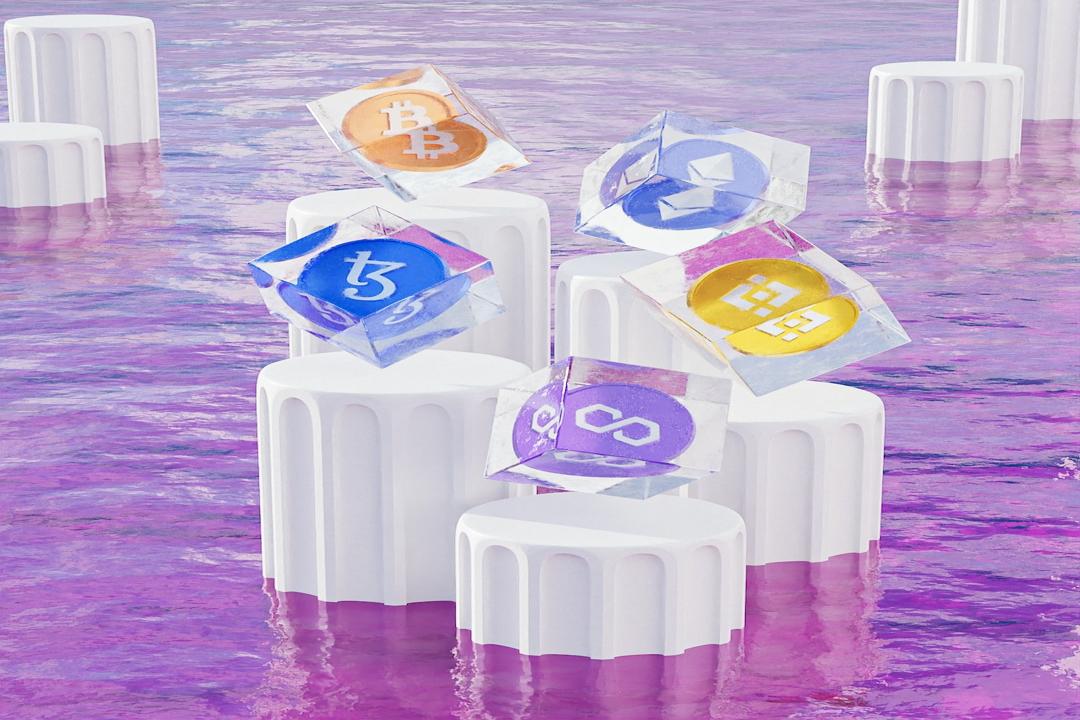Coin World Report:
Core Logic: For general L1, DX is more important than UX.
Author: Alex Liu, Foresight News
DX is important
On October 22nd, Nader Dabit, the DevRel (Developer Relations Manager) of EigenLayer, posted a tweet on Twitter, which included screenshots of four different people complaining about the developer experience of Solana. This post sparked a huge discussion in the community.
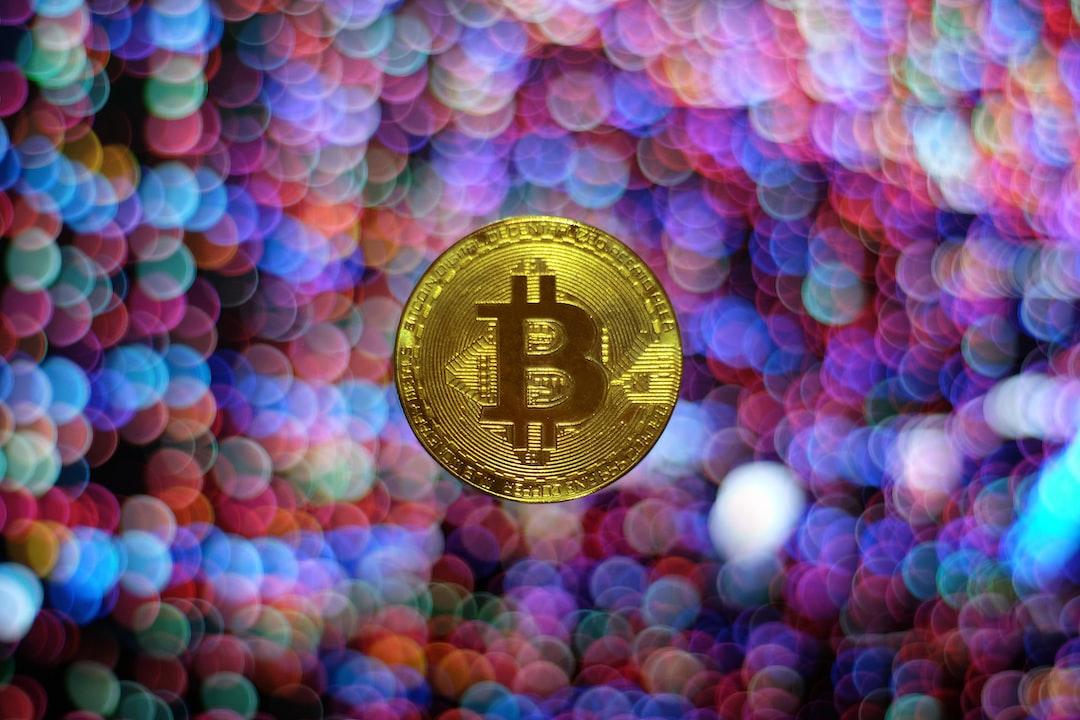
Helius CEO and Solana ecosystem influencer Mert came forward to refute two of the complaints but also had to admit that “writing smart contracts on Solana is not easy.”
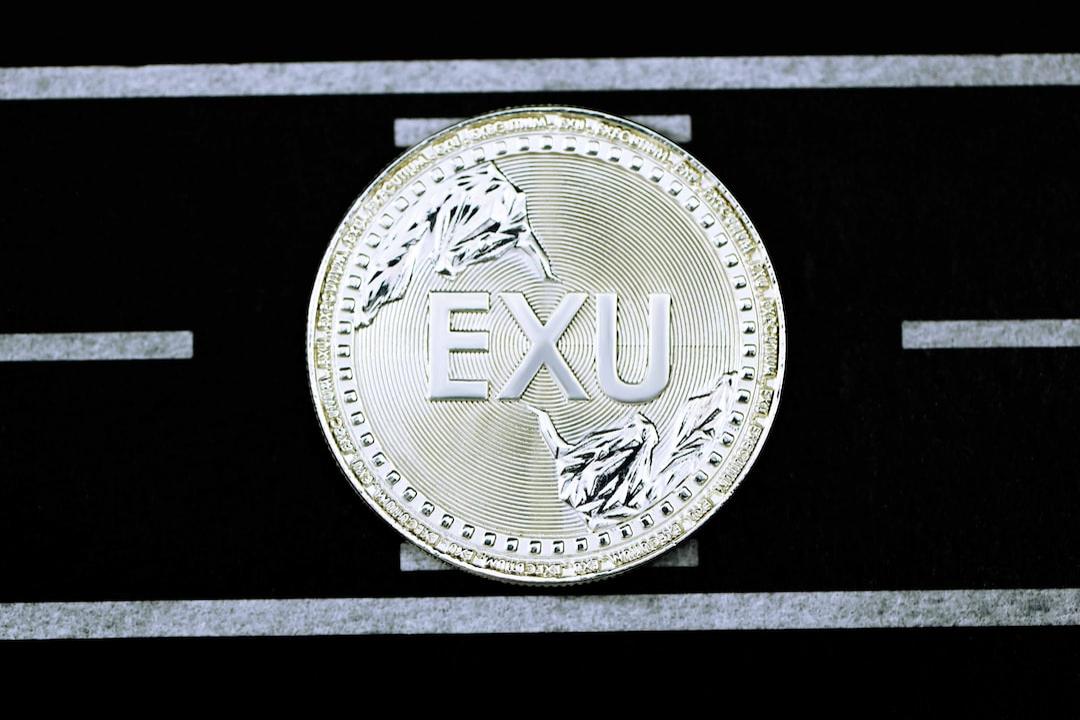
This brings up a weakness of Solana at present – the developer experience (DX). Unlike user experience (UX), users cannot directly perceive the underlying blockchain’s DX. However, DX is a key factor that led me to choose to bet on the Move public chain, as it has already established a dominant position in the high-performance public chain ecosystem of Solana. (The author is also optimistic about and holds SOL, SUI, and APT.)
The logic is simple: in the long run, DX is more important than UX for general L1.
Is DX important? DX affects developer onboarding, and developers are the moat of the EVM ecosystem.
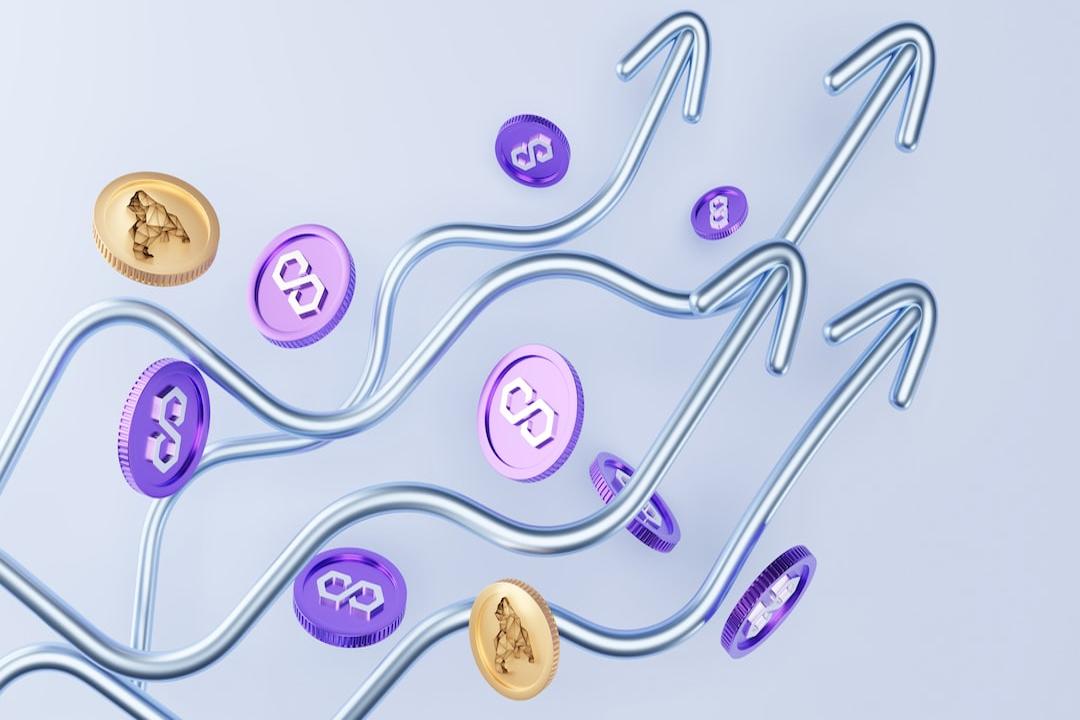
According to developer report data, in terms of the number of active developers per month, Ethereum is still the leading blockchain. As of July 1st, there were a total of 2,788 full-time developers, with a total of over 8,865 developers.
Since 2019, the number of Ethereum research teams has increased by 2,100%.
The top three blockchains in terms of full-time developers all come from the EVM ecosystem. This is related to the fact that the EVM smart contract programming language Solidity is easy to learn (similar to the most commonly used programming language JavaScript in web development) and that the development frameworks are mature (Hardhat, Foundry).
Does this have any impact? Users have no perception of the developer experience but can see that “Solana’s token price has significantly outperformed Ethereum in the past year.”
The problem is that developers are the customers of general L1. Users need to use apps, not the chain itself.
Good DX can attract good devs (developers), create good apps, and ultimately lead to mass adoption. Under the premise that the underlying chains are all high-performance public chains, in the future of developing the abstraction track of the chain, users’ perception of the differences in public chains will approach zero and only focus on the UX of the apps.
Users do not have a demand for using blockchains, but they do have a demand for using apps.
Polymarket’s election prediction market has brought a large number of new users to Polygon, and these users may not understand “what is blockchain?” Moonshot is another typical example – users use credit cards for payment, and there is almost no perception of on-chain behavior after being packaged layer by layer.
Ethereum and EVM have the largest developer ecosystem and the most talent reserves, and they have the largest mindshare in people’s minds, so Ethereum remains the largest smart contract platform in terms of market value. Easy-to-use and user-friendly DX in a sense supports the valuation of ETH.
DX rankings
In terms of DX alone, the current ranking is roughly: Move public chain > EVM (Solidity) > Solana.
Here, DX not only refers to the experience but also includes the difficulty of getting started. Solana smart contracts mainly use the Rust language, which is relatively complex in syntax. At the same time, because it is not specifically designed for blockchains, there is often a need to “reinvent the wheel” when using it. The Anchor framework launched by Backpack founder Armani has greatly improved this situation, but it still cannot surpass Move, a language designed specifically for blockchains, based on Rust and heavily invested in by Facebook. (This viewpoint is summarized from the author’s survey of several Sui, EVM, and Solana developers)
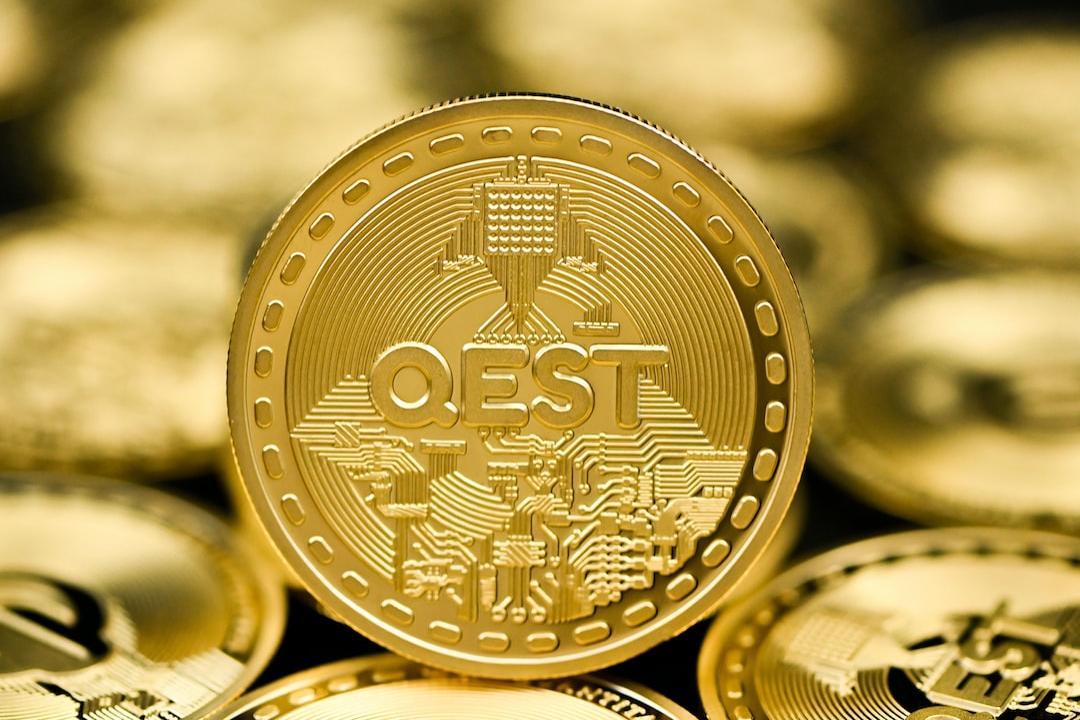
Future prospects of Move
If DX is so good, why hasn’t the Move public chain produced a killer application yet?
I believe this is related to the industry’s development process.
The current blockchain industry is still in the “infrastructure” stage, laying the groundwork for upcoming mass adoption, with attention and funding yet to focus on the application layer. Solana’s DX still needs improvement, but it has undoubtedly achieved success at present because most users are genuinely “using the chain” directly, utilizing the most primitive and core asset issuance functions of the blockchain for meme speculation and leaning more towards Crypto Native’s on-chain PvP, rather than users entering on a large scale due to a specific app. I have a long-term positive outlook on Solana and believe that its DX will improve in the future, but it is not the best right now.
Believe that “for general L1, DX is more important than UX.”;
The future will belong to industries that prioritize applications and are driven by the value generated from applications.
I bet on the Move public chain with better DX.
Why are developers betting on the Move blockchain
Related Posts
Add A Comment
© 2025 Bull Run Flash All rights reserved.

